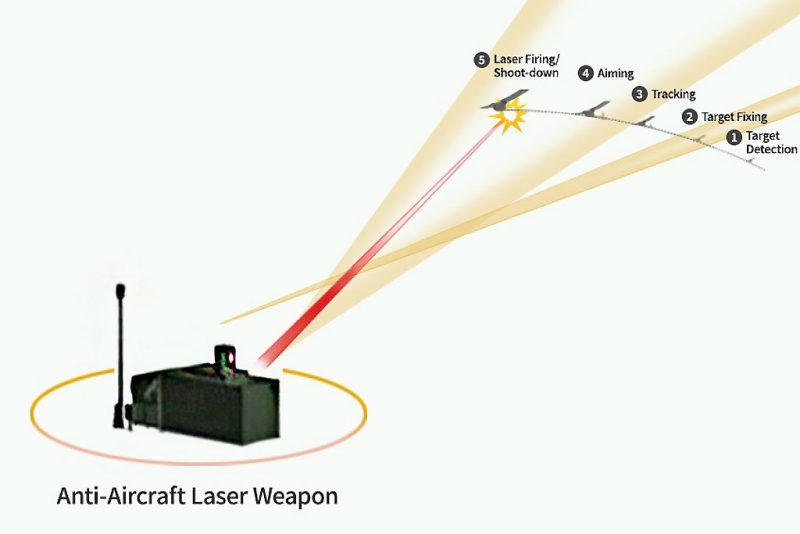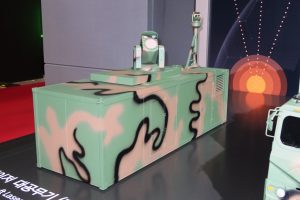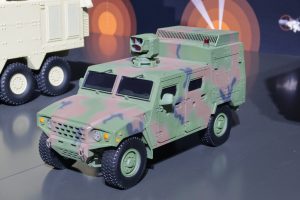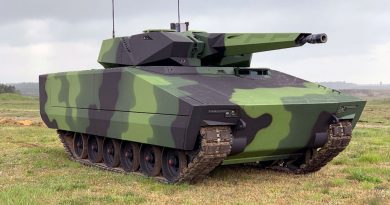ADEX 2025 – Hanwha outlines its laser weapons development plan to counter air and IED threats
The increasing threat posed by drones is leading several first-tier defence companies to develop several types of effectors, soft- and hard-kill, to counter incoming swarms of UAVs, layered solutions often including laser-based solutions. Hanwha has drawn a development path that will lead to a complete portfolio of solutions
Since 2024 the Republic of Korea Army is deploying a laser-based solution developed by Hanwha. It is based on a 20 kW laser emitter and is aimed at neutralising incoming air threats. Hosted in a 3 x 3 x 9 metres container, it is a static solution, the container hosting only the laser source and its ancillaries, while power generation is provided by the grid. Known as Block-I, in 2026 the company aims at increasing the output to 30 kW.
That same year Hanwha will start developing a mobile shelterised solution; it will be made of three modules, laser, power generation and cooling, which will allow installing it on roofs to provide point defence. Laser emitters are developed and produced by Hanwha Systems, the company aiming at installing a 50 kW laser on this shelterised version, also known as Block-II.


To have a fully mobile solution we will have to wait some more time, no timeline was provided, when Hanwha will develop a 50 kW solution to be installed on an 8×8 armoured vehicle. At ADEX 2025 a model of the Mobile Laser Weapon was exhibited, a typical 8×8 chassis with the rear compartment raised, the same version usually adopted for command posts and ambulances, and a trainable turret on top. A 1:1 model of that turret was also exhibited at the company stand. The vehicle will obviously host all main components, laser emitter, power generation and cooling; it will also be equipped with a jammer, providing a combined soft- hard-kill capability. As no timing for a prototype was provided, if this will come in some years it might be possible that a hybrid propulsion chassis might solve at least in part the power generation issue.
Last but not least comes the lowest output laser, a 3 kW emitter mounted in a much smaller turret to be installed on a light armoured vehicle, capable to neutralise improvised explosive devices at 300 metres distance. Here too the rear of the vehicle model showed a raised compartment with a huge cooling system on top of it. Manportable laser weapon systems are also part of the development path but were not showcased at the Seoul exhibition.
Photos by P. Valpolini, graphics courtesy Hanwha







